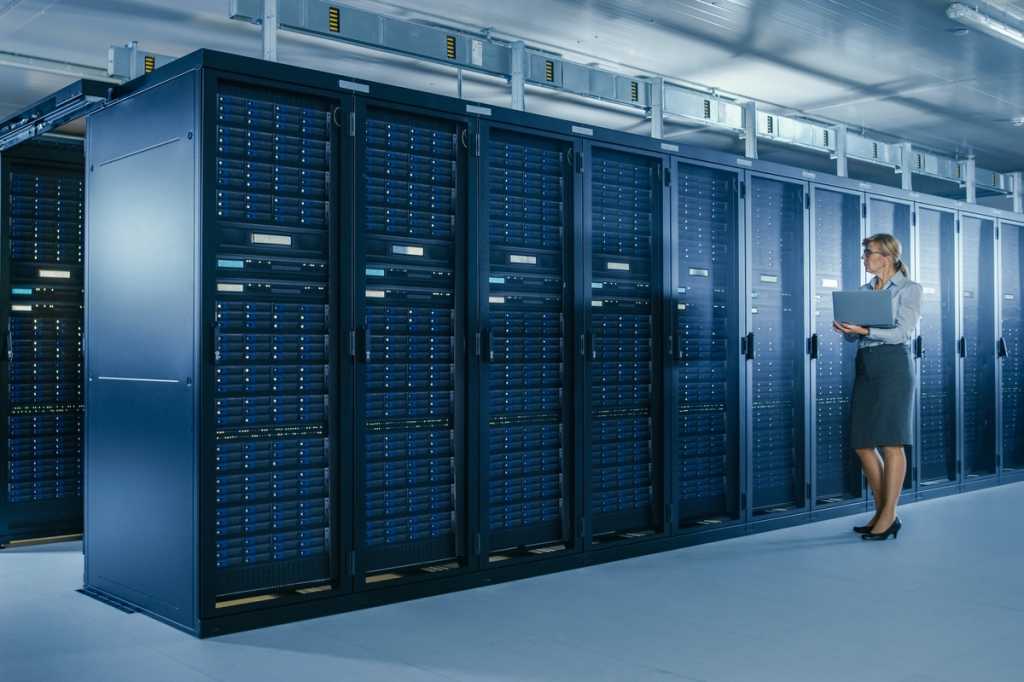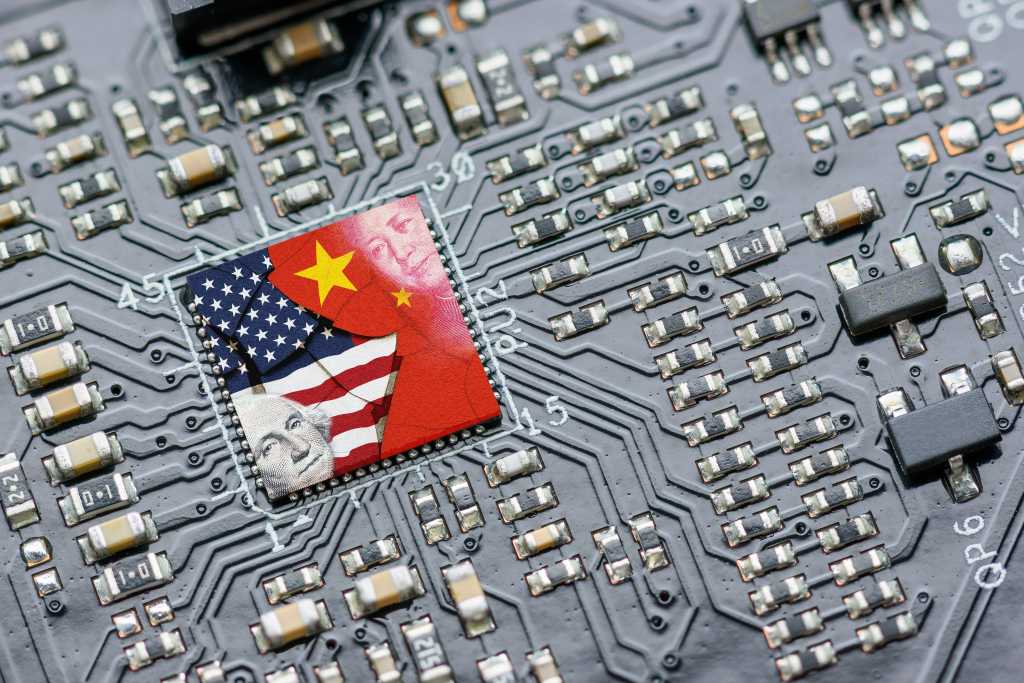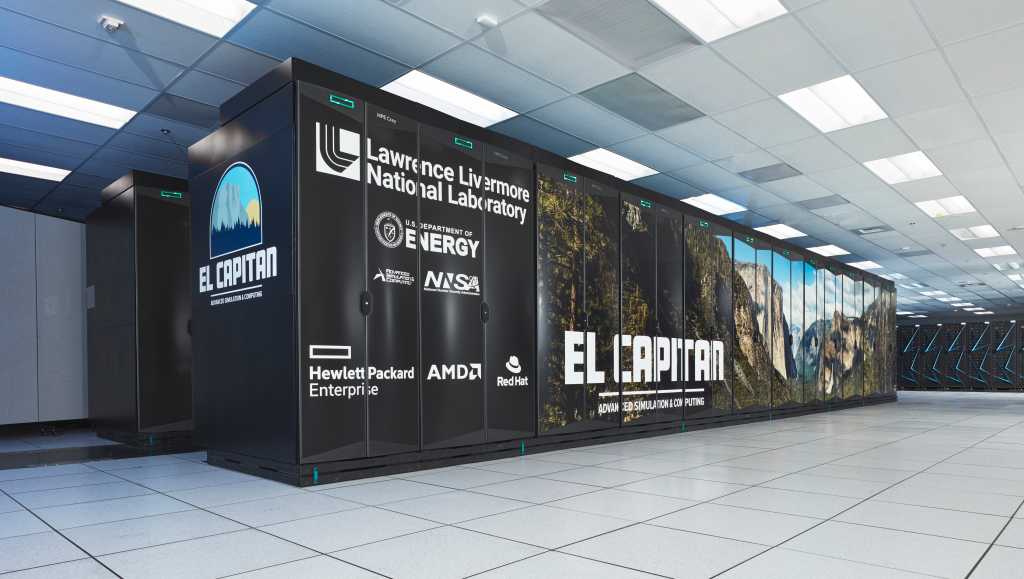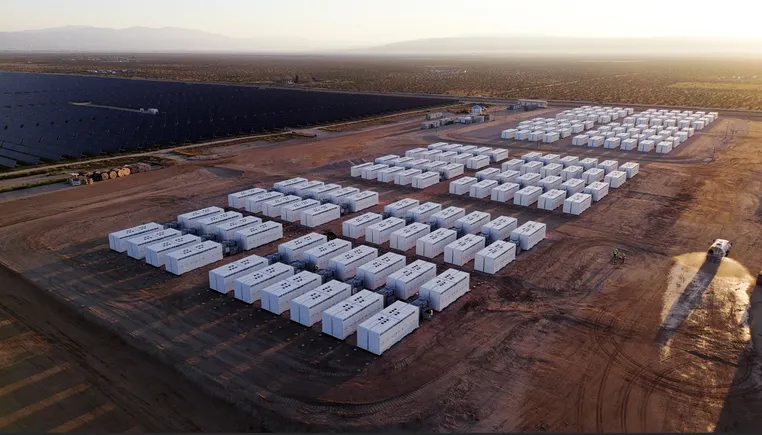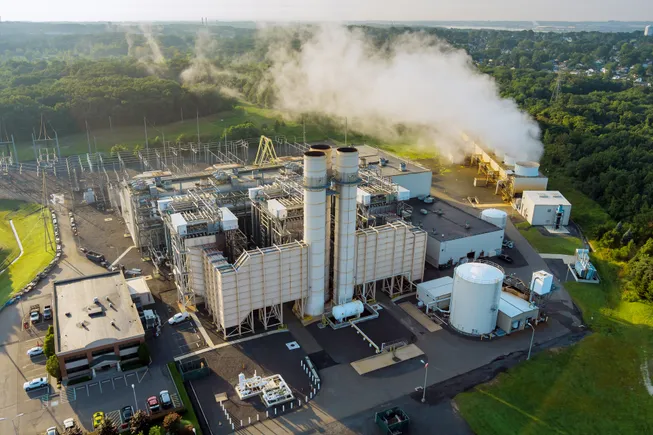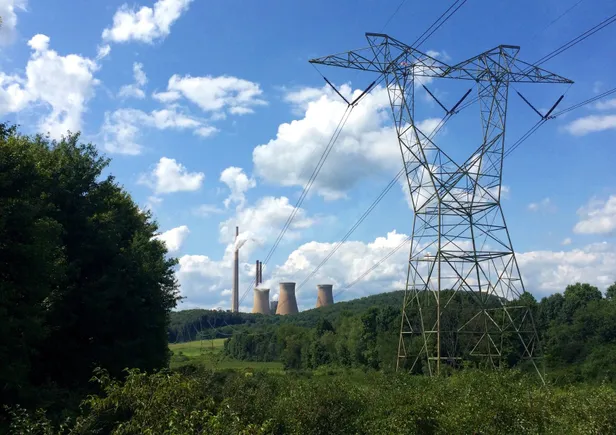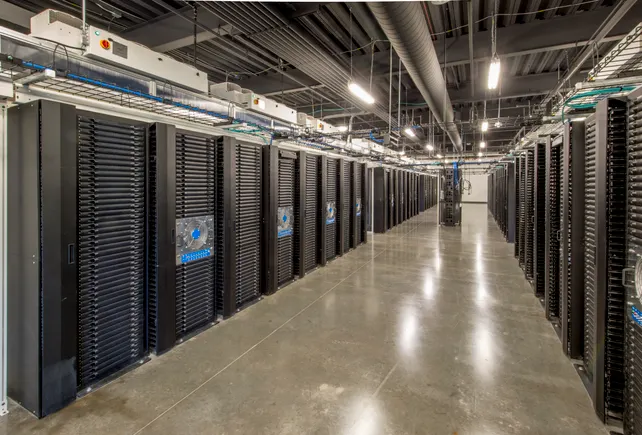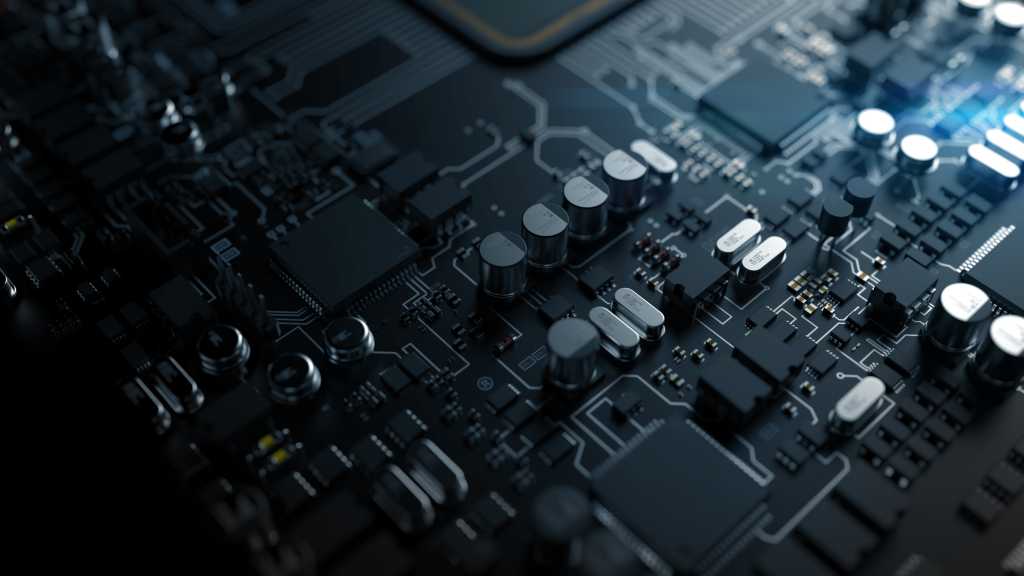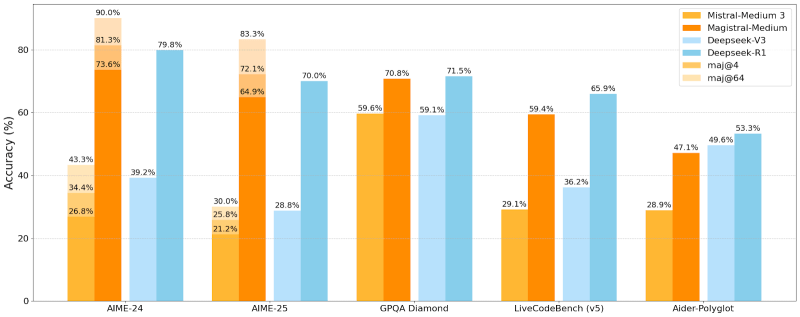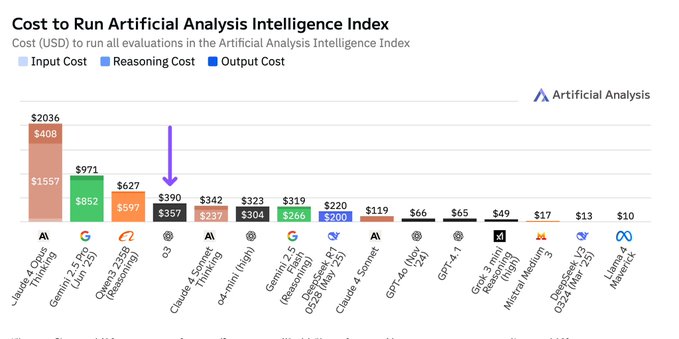“We have a number of … enterprise data center customers that have been using bi-directional optics for many generations, and this is the next generation of that feature,” said Bill Gartner, senior vice president and general manager of Cisco’s optical systems and optics business. “The 400G lets customer use their existing fiber infrastructure and reduces fiber count for them so they can use one fiber instead of two, for example,” Gartner said. “What’s really changed in the last year or so is that with AI buildouts, there’s much, much more optics that are part of 400G and 800G, too. For AI infrastructure, the 400G and 800G optics are really the dominant optics going forward,” Gartner said. New AI Pods Taking aim at next-generation interconnected compute infrastructures, Cisco expanded its AI Pod offering with the Nvidia RTX 6000 Pro and Cisco UCS C845A M8 server package. Cisco AI Pods are preconfigured, validated, and optimized infrastructure packages that customers can plug into their data center or edge environments as needed. The Pods include Nvidia AI Enterprise, which features pretrained models and development tools for production-ready AI, and are managed through Cisco Intersight. The Pods are based on Cisco Validated Design principals, which offer customers pre-tested and validated network designs that provide a blueprint for building reliable, scalable, and secure network infrastructures, according to Cisco. Building out the kind of full-scale AI infrastructure compute systems that hyperscalers and enterprises will utilize is a huge opportunity for Cisco, said Daniel Newman, CEO of The Futurum Group. “These are full-scale, full-stack systems that could land in a variety of enterprise and enterprise service application scenarios, which will be a big story for Cisco,” Newman said. Campus networking For the campus, Cisco has added two new programable SiliconOne-based Smart Switches: the C9350 Fixed Access Smart Switches and C9610


